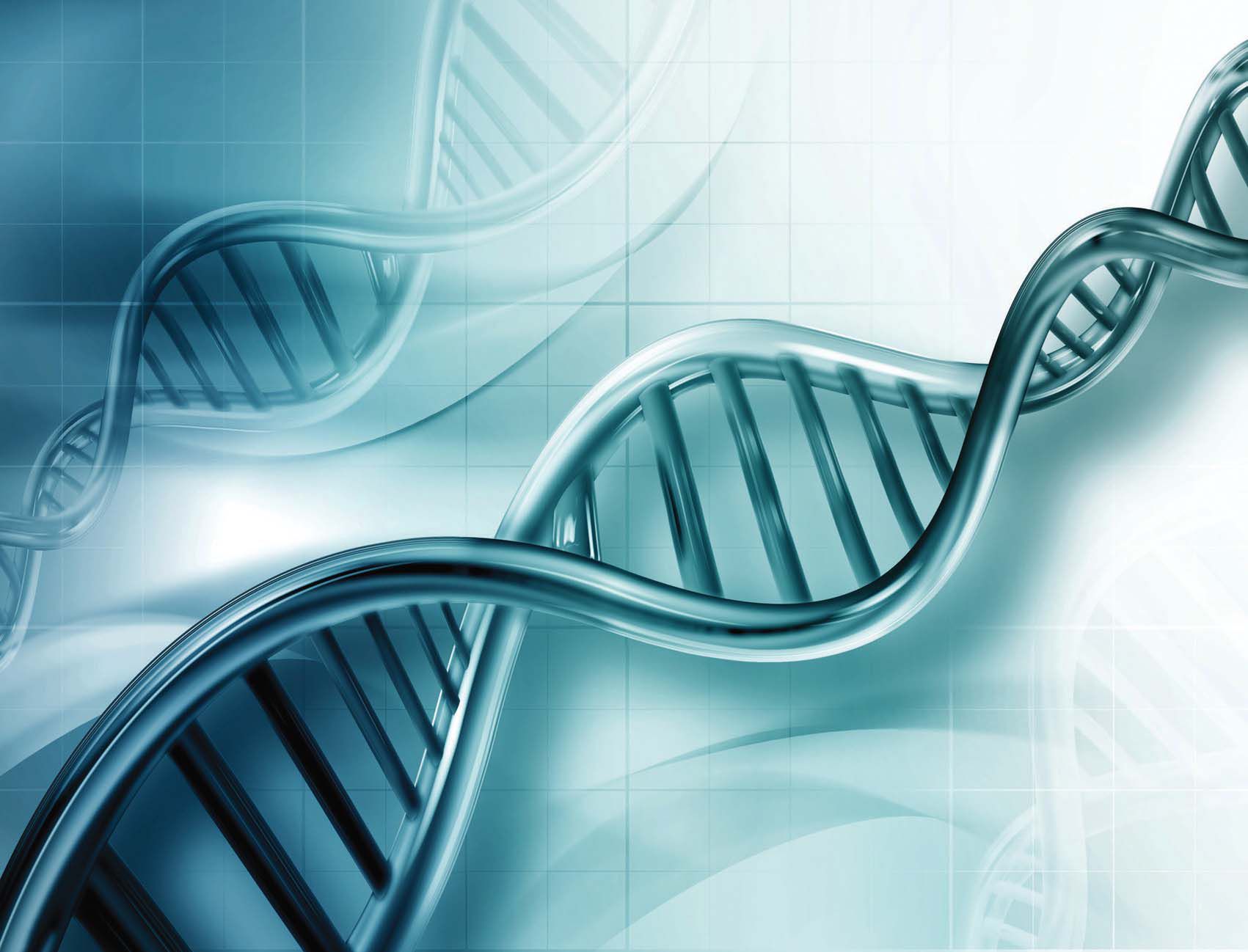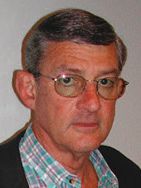A futurist’s take on technology
Dr. Robert M. Gresham, Contributing Editor | TLT Commentary January 2015
Eight trends that will impact our global environment.

Within a decade, everyone will have their DNA mapped.
www.canstockphoto.com
LAST OCTOBER I WAS FORTUNATE TO ATTEND the UEIL Congress in beautiful Madrid, Spain. UEIL is the Union Europe’enne de I’Industrie des Lubrifiants, or Union of the European Lubricants Industry based in Brussels. For those of you not familiar with UEIL, it is an organization very similar to the Independent Lubricant Manufacturers Association (ILMA) in the U.S. That is, they are a trade organization especially concerned with such issues as regulation, health, safety, fair trade practices, labeling and taxation.
To the extent that some of these issues have a technical component, collaboration with STLE makes sense for all three organizations. Currently, the lubricants market in Europe is somewhat in decline. Interestingly, within UEIL is an organization, Groupement Européen de l’Industrie de la Régénération, that is concerned with best practices in re-refining, recycling and waste treatment, which reflects a growth market for Europe. The goal is collection of 95 percent of useable waste oil, with 60 percent to be re-refined by 2020.
As some of you may be aware, STLE has engaged in a major global market study to elucidate the emerging trends in tribology and lubrication. This culminated with the release of STLE’s
Trends in Tribology and Lubrication Engineering last September. The STLE study examines the importance of tribology and lubrication engineering in science and production. A digital copy of the full report is available to STLE members at
www.stle.org.
My mission on this trip was to share the results of that study with UEIL Congress attendees. Indeed, the theme of future trends was dominant at the UEIL Congress. The keynote speaker at the conference was Ray Hammond, Europe’s most experienced, most successful and most widely published non-fictional futurologist. Hammond talked about the eight key driving elements of the future―with special focus on technological developments and its potential to the lubricants industry. The key issue is how will we, as business people, deal with so much change?
Here’s my interpretations of Hammond’s observations:
1.
An asymmetric population explosion increases the world’s population from 9 billion in 2015 to 20 billion by 2050. This growth is asymmetric as Hammond predicts that the developed countries will grow at approximately 3 percent. Therefore, most of this huge growth will come from Africa. This prompts some key questions. How will we provide food and energy for this many new people? Further, none of the world’s countries can truly provide retirement services for their people; Hammond characterizes current models as a giant Ponzi Scheme where the nation’s youth will be forced to pay for their elders’ retirement needs.
2.
With so much growth, how will we manage the corresponding growth in pollution and waste? I see this, in addition to human waste growth, as the enormous continuing conversion and release of carbon compounds to carbon monoxide and dioxide to the atmosphere and virtually uncontrolled growth of thermal pollution.
3.
Energy development will reach crisis proportions. Fossil fuels will continue to be used in considerable quantity. Renewables are not very cost-effective. These are not solutions. The Holy Grail of energy is fusion power. According to Hammond, fusion power can be a technical reality in a decade. In addition, we will need room temperature superconductivity to be a reality to allow for energy transmission without loss. Those are some pretty big inventions that will need to be developed and implemented.
4.
Globalization will be massive. This will require that we find a way to reduce poverty, but not through charity. In Hammond’s view, the root of terrorism is poverty: “the cry of the have-nots wanting what the haves enjoy.” Also, robots will be ubiquitous. We won’t need low-cost labor, thus the very nature of globalization will change.
5.
Medical science will revolutionize our lives. In a decade or so, everyone will have their DNA mapped. This will enable medicines and treatments to be tailored for the individual. A person will know if they are susceptible to certain diseases or equally what a person is not susceptible to. Thus, people will live a lot longer than we do today. This will put further pressure on the retirement problem mentioned earlier. Stem-cell treatment will be like the antibiotic of the 21st Century, allowing for new eyes, kidneys, etc. Again, allowing for longer life. This will present the moral dilemma of living so long with population growth.
6.
We will experience exponentially accelerating technology development. There will be virtually no limit to computing and communication growth. Ultimately, a smartphone could be just an implant in the body. Robots will be able to do almost anything. These robots and computers could create massive middle-class unemployment.
7.
The poorest 2 billion people will not take part in these changes. If we don’t find a way to include them, they will become the terrorists of the future. How can we do this?
8.
Innovation is the only thing that is truly sustainable. That is the one thing computers can’t do. Computers will become as capable as humans to solve problems, maybe two or three times as capable. Computers, ultimately, interpolate and extrapolate to a mind-numbing level, but they cannot innovate.
Thus, Hammond captivated the audience with the depth and breadth of change, which is possible. These changes will challenge mankind to have the moral and spiritual growth to manage these things.
Hopefully I’ve given you a glimpse into the crystal ball. If you want to read something a little easier to assimilate and more germane to our industry, at least in the short-term, I’d recommend you take a look at the emerging trends report.
 Bob Gresham is STLE’s director of professional development. You can reach him at rgresham@stle.org
Bob Gresham is STLE’s director of professional development. You can reach him at rgresham@stle.org.